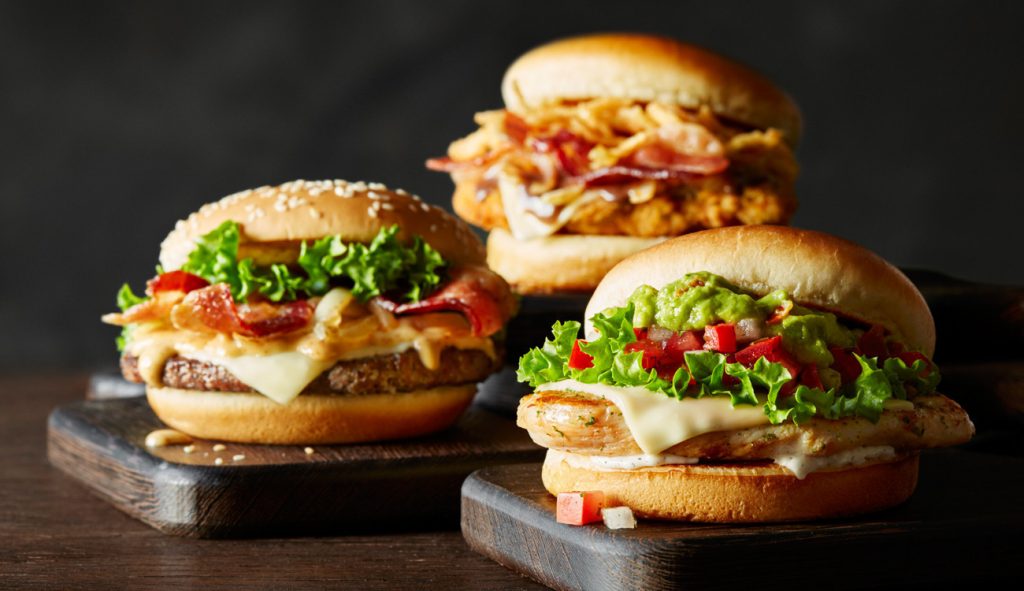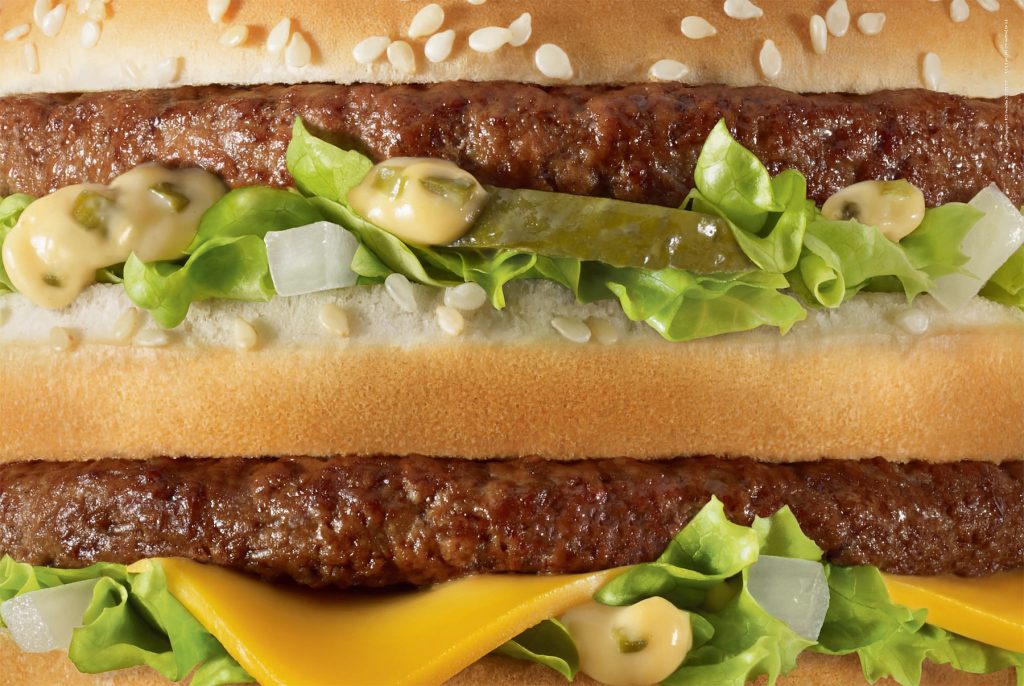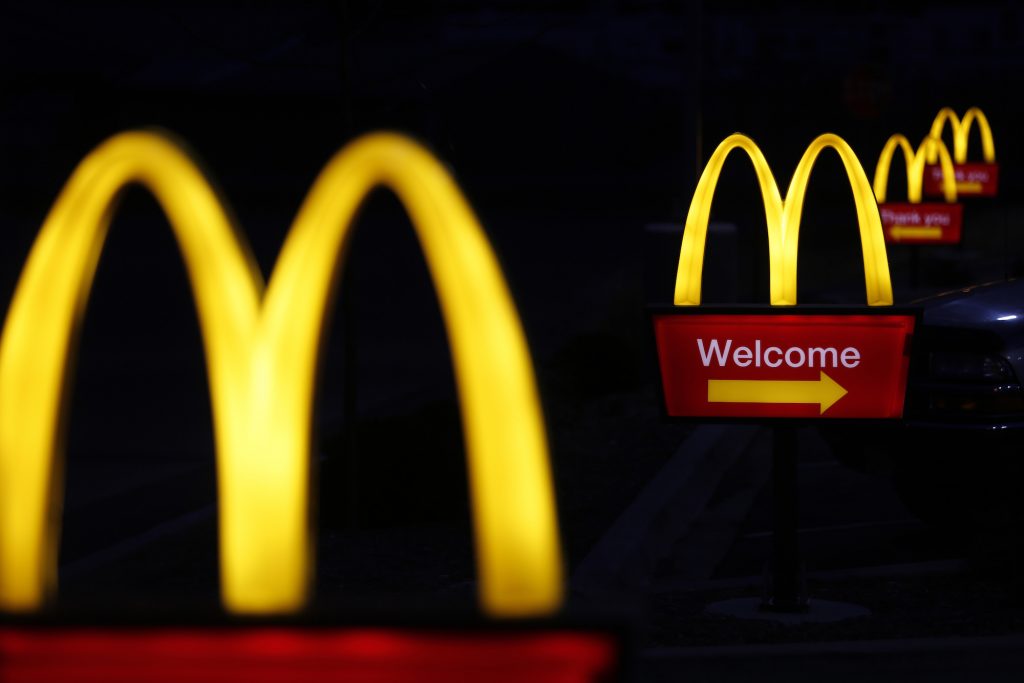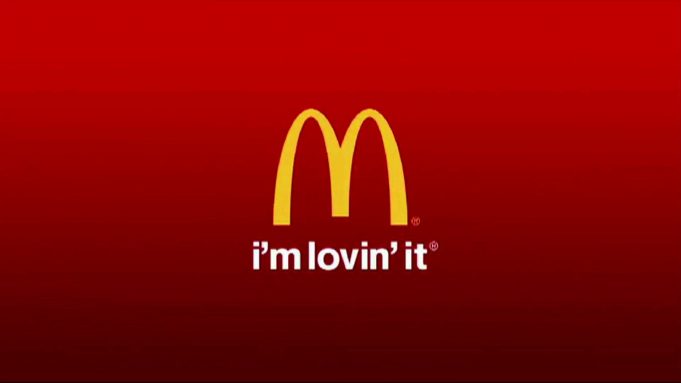This article is about how McDonald’s Corporation makes money. Firstly, we explain McDonald’s revenue generation strategies. Then, we present our analysis of McDonald’s strategic imperatives and its impact on McDonald’s business model. Finally, we explain why McDonald’s turnaround plan is working.
The McDonald’s Corporation (“MCD”) with operations in 119 countries is the world’s largest quick-serve and real estate brand. The company operates and franchises McDonald’s Corporation restaurants, which serve a locally-relevant menu. Aside from being the largest fast food brand in the world, the company controls the real estate in 36,258 restaurant locations globally.

How McDonald’s Corporation Makes Money?
McDonald’s Corporation generates its revenues by selling products to individuals and by getting rental income on its Real Estate Portfolio.
McDonald’s Corporation Product Revenues
McDonald’s Corporation generates product revenues by selling quick to serve food items directly or through franchisees. McDonald’s Corporation menu includes hamburgers and cheeseburgers, Big Mac, Quarter Pounder with Cheese, Filet-O-Fish, several chicken sandwiches, Chicken McNuggets, wraps, french fries, salads, oatmeal, shakes, McFlurry desserts, sundaes, soft serve cones, pies, soft drinks, coffee, McCafé beverages and other beverages. McDonald’s Corporation restaurants in the U.S. and many international markets offer a full or limited breakfast menu. Breakfast offerings may include Egg McMuffin, Sausage McMuffin with Egg, McGriddles, biscuit and bagel sandwiches and hotcakes.

McDonald’s Corporation Real Estate Revenues
One of the most lucrative business since 1956 for McDonald’s Corporation has been the real estate business. In this business, company locates and lease sites from landowners who are willing to build McDonald’s Corporation units, which then would be leased back to the company on a 20-year improved lease agreement with the property owner. McDonald’s Corporation would then sublease the store to the franchise and charge a 40% markup for the real estate services. This ensures that McDonald’s Corporation maintains control over the franchise by making him a tenant and receives a steady and predictable minimum cash flow to cover its overhead costs. In FY2014, Company received $6.1 billion in rental income. The company also owns lands/buildings that are recorded under property & equipment at cost. In FY 2014, McDonald’s Corporation had property & equipment worth $39 billion.
The following diagram shows how the money flows in from the different customer segments and the key cost elements where the money flows out to.
Decoding McDonald’s Corporation Turnaround Plan
Founded in the year 1940, McDonald’s Corporation today is going through a tough period to maintain its supremacy in informal eating out (“IEO”) segment. In FY14 its annual revenues declined by 2.4% to $27.4 billion. Its Net margins were down by 14.8% to $4.7 billion. The company has recently announced its turnaround plan to become a modern, progressive burger company. This plan is built on following strategic imperatives that directly impact its intentions to achieve revenue growth and cost leadership.

McDonald’s Corporation Revenue-Generating Strategies
Drive Operational Growth
To drive operational growth McDonald’s Corporation is restructuring into four segments that have similar needs and opportunities for growth, namely the U.S., its largest market; International Lead Markets, including Australia, Canada, France, Germany and the UK; High-growth markets, including China, Italy, Poland, Russia, South Korea, Spain, Switzerland and the Netherlands; and Foundational Markets, having around 100+ countries.
Create Brand Excitement
McDonald’s Corporation is revamping its marketing approach to increase guest counts and same-store sales. Its revenue generating strategies include, Value Pricing (products at entry, core and premium level), Consumer Convenience (offering digital services to customer), Service Experience (additional ways to serve the customers such as self-order kiosks and table service, and in-store pick up or in-car delivery in certain markets) Menu variety (offering all day breakfast, local and healthy food items in the menu) & Product Quality (improving and highlighting the quality of its food ingredients).
McDonald’s Corporation Cost Reduction Strategies

Enhance Financial Value
FY 14 was a disappointing year for the company. Its net margins were down by 14.8%. The company is working on multiple cost reduction strategies that include re-franchising restaurants from currently 81% to 93% by 2018 to pass on operating, promotional and capital intensive reinvestment expenses to franchisees. It is also closing underperforming restaurants and identifying asset disposition opportunities.
Impact on McDonald’s Corporation Business Model
McDonald’s Corporation turnaround plan has made the following changes to its business model.
From a quick-serve company, McDonald’s Corporation has evolved into a set of distinct businesses that are working coherently as a large single system.
Quick Serve Business: McDonald’s Corporation core fast food business is based on speed, lower prices, and volume. McDonald’s Corporation is able to offer lower prices by offering standardized menu, utilizing economy of scale to get a competitive price from suppliers and having the customer serve himself. This model has served them well so far, but changes in the marketplace, emerging customer segments, and innovations by competitors were showing up in the negative same-store sales globally. Product revenue strategies mentioned above are positively impacting this business.
Franchising Business: Currently McDonald’s Corporation has 81% of the restaurants under franchise business. The company is working on re-franchising opportunities to further strengthen this business and is aiming to make 93% of the restaurants run by franchisees.
Real Estate Business: In FY’14, Company received $6.1 billion in rental income from its real estate business. McDonald’s Corporation has announced its intentions to not separate this business into REIT (Real Estate Investment Trust) due to execution & brand risk, negative impact on its integrated business model.
Glocal Business: McDonald’s Corporation over the year has perfected its globalization strategy and currently has a presence in 119 countries globally. The company generates 68% of its revenues outside the US. One of the reasons for its success has been its unique local menu items for global locations. Company serves Russian crepes and tea in Russia, McKebab in Israel, Mcflurry with Stroopwafel and McKroket in Netherlands, French pastries (lemon pie, pain au chocolat, Caneles d ‘Aquitaine) and Macarons in France, Portuguese sausage, spam, eggs and rice in Hawaii, McSpagheti in Philippines, Bulgogi burger in Korea and Nürnburger in Germany. For all major markets, McDonald’s Corporation has customized its menu to local eating preferences and will continue perfecting this business.
Millennials Business: As per recent estimates, about one-third of all working age people are millennials (those born roughly between 1980 and 2000). Aside from being digital natives, they are also the largest, most educated generation in history. Millennials look for better quality food, better atmosphere, fewer calories and variety in their food. McDonald’s Corporation has taken various initiatives to engage millennials. It is redefining menu choice and offering personalization through “taste crafted” campaign. It is also working on offering restaurant experience through self-order kiosks and table service. In some markets, it is also providing store pick up or in-car delivery. McDonald’s Corporation is also addressing food perceptions by improving and highlighting the quality of its food ingredients. This business will help reposition itself as a modern, progressive burger company.

Is McDonald’s Corporation Turnaround Plan Working?
While still in early stages, McDonald’s Corporation turnaround plan is starting to show positive signs. Global comparable sales (same store sales) have returned to positive growth after a gap of five Qtrs. In recently announced third quarter performance global comparable sales increased to 4.0% as highlighted below.









